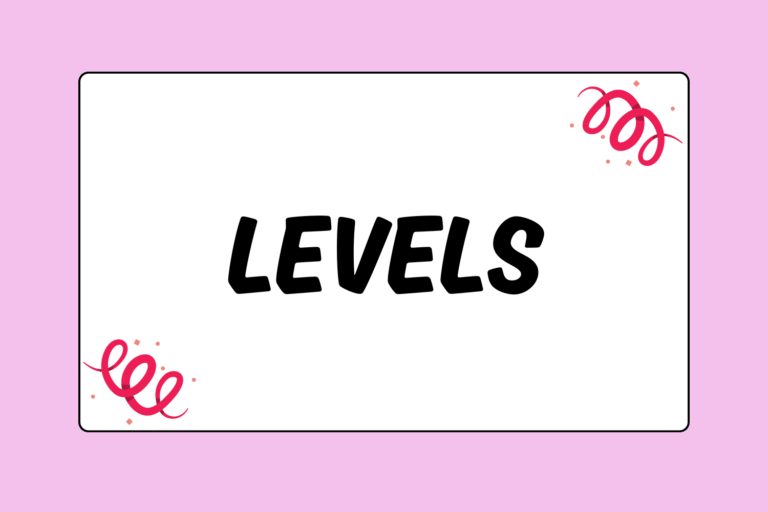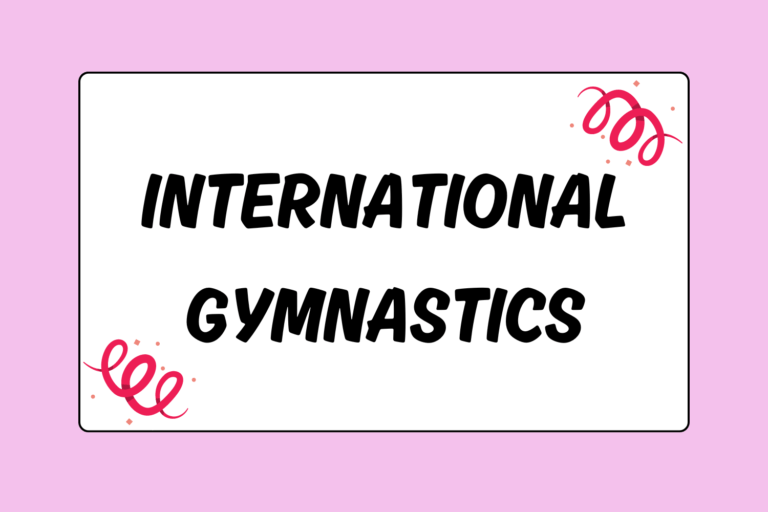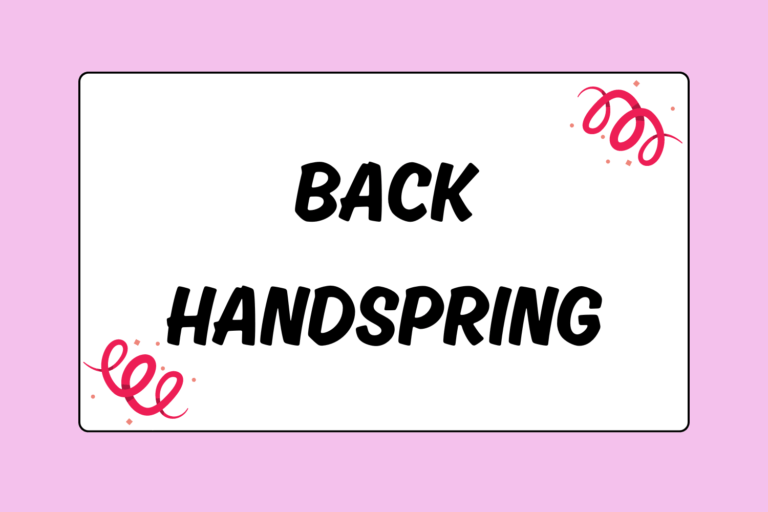If you were to flip through an old photo album, it’s possible you might stumble upon some pictures of yourself competing as a young gymnast. Or perhaps you’ve never even been in a gymnastics gym before, and you simply want to try out the sport for the first time. Regardless of your age or experience level, many gyms open their doors to adult athletes. This guide explains how to get involved in gymnastics as an adult.
Get in the Gym
When looking for a gym, consider your priorities. If you want to learn new skills or have a coach offer corrections, some gyms offer classes geared specifically toward adults. These classes are structured sessions in which each participant works toward a goal.
If you’d rather work out independently or just bounce on the trampoline for an hour, “open gym” may be more your style. In this environment, participants can do whatever they please on any apparatus under the supervision of coaches. Many gyms offer open gym sessions for a nominal, pay-as-you-go fee.
What to Wear
Now that you’ve found a gym, the idea of putting on a leotard after all of these years (or for the first time) may be horrifying. If that’s the case, suit up in comfortable yet exercise-friendly clothing: Yoga pants or bike shorts and a T-shirt, for example. Avoid clothing that’s too baggy, as it can get caught on the equipment. While you can wear socks in the gym, you’re better off going barefoot to avoid slipping on the trampoline or balance beam.
Pre-flip Forays
Just like a kid, you can’t wait to jump on all of the mats. But before you do, make sure to warm up thoroughly. If it’s been a while since you were in the gym, or if it’s your first time, there’s a decent chance you’ll feel it in the morning.
Start with a light cardio warm-up: Jog a few laps around the floor exercise or jump on the trampoline for a couple of minutes. Then transition into stretching. Here are some basic stretches:
- Hamstrings: Sit with your feet and legs extended in front of you. Reach down to your toes without bending your knees. Lunging on one knee is another way to stretch the hamstrings. Make sure that your knee and ankle maintain a ninety-degree angle.
- Wrists: Place your hands on the floor, fingers facing away from you, and lean over your wrists. Next, flip your fingers toward you and sit back on your heels, keeping your hands flat on the ground and elbows straight.
- Back: Lie on your stomach with your legs behind you, feet together. Push off of your hands and extend your elbows so that you’re in an arched position.
- Neck: Roll your head slowly in both directions. Use your hands to hold your head in each position: Up, down, left, and right.
At the end of your workout, you’ll want to stretch again to cool down.
Competitions for All Ages
Perhaps after a few sessions at the gym, you’ve discovered that you have a knack for gymnastics. Or maybe you want to bring back your competitive routines. The good news is that there is no age restriction in the USA Gymnastics Junior Olympic (USAG JO) program; only minimum age requirements are set per level.
Other organizations, such as the US Association of Independent Gymnastics Clubs (USAIGC), allow athletes to specialize on an apparatus at any level, or to compete on all four events. Like the JO program, there is no maximum age.
If you want to compete against folks your own age, some states hold Master’s competitions for athletes over age 21. The Amateur Athletic Union (AAU) also hosts an adult age division for participants 18 and over.
Adult Abilities
Getting in the gym can bring out aches and pains in muscles you never knew existed. But as an adult, you bring a maturity and perspective to gymnastics that children lack. Though you may not make it to the Olympics, you recognize the health benefits and exhilaration that gymnastics brings.





